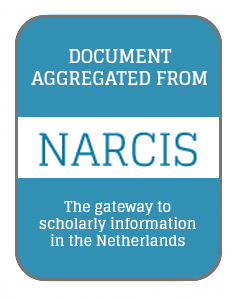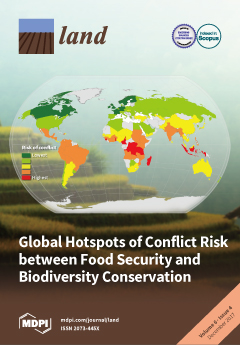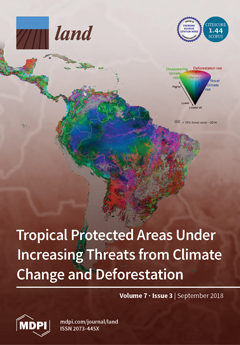Verrommeling in Nederland
In dit rapport wordt een begripsdefinitie en een operationele definitie gegeven van `verrommeling¿. In de 72 1 x 1 km grids, die ook in de Steekproef Landschap worden gebruikt, is een oordeel gegeven aan de mate van verrommeling. Dit is gerelateerd aan het vóórkomen van storende elementen, de uitstraling ervan en aan landschapskenmerken zoals de afwisseling in gebruiksfuncties. Driekwart van de variantie in verrommelingsscore blijkt uit deze bepalende factoren te kunnen worden verklaard.
Espaços de Resistência:
Land Cover Change in Northern Botswana: The Influence of Climate, Fire, and Elephants on Semi-Arid Savanna Woodlands
Complex couplings and feedback among climate, fire, and herbivory drive short- and long-term patterns of land cover change (LCC) in savanna ecosystems. However, understanding of spatial and temporal LCC patterns in these environments is limited, particularly for semi-arid regions transitional between arid and more mesic climates.
Criteria to Confirm Models that Simulate Deforestation and Carbon Disturbance
The Verified Carbon Standard (VCS) recommends the Figure of Merit (FOM) as a possible metric to confirm models that simulate deforestation baselines for Reducing Emissions from Deforestation and forest Degradation (REDD). The FOM ranges from 0% to 100%, where larger FOMs indicate more-accurate simulations. VCS requires that simulation models achieve a FOM greater than or equal to the percentage deforestation during the calibration period.
Four Decades of Land-Cover Change on the Kenai Peninsula, Alaska: Detecting Disturbance-Influenced Vegetation Shifts Using Landsat Legacy Data
Across Alaska’s Kenai Peninsula, disturbance events have removed large areas of forest over the last half century. Simultaneously, succession and landscape evolution have facilitated forest regrowth and expansion. Detecting forest loss within known pulse disturbance events is often straightforward given that reduction in tree cover is a readily detectable and measurable land-cover change. Land-cover change is more difficult to quantify when disturbance events are unknown, remote, or environmental response is slow in relation to human observation.






